#erodium cicutarium
Text
Erodium cicutarium
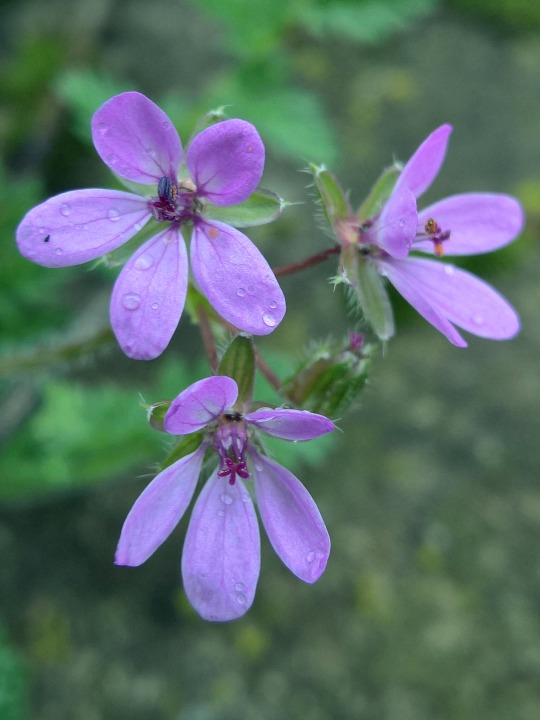
9 notes
·
View notes
Text



#redstem stork's bill#filaree#erodium cicutarium#flower buds#microflora#cheeseweed#malva parviflora#wildflowers#lawn weeds#encino
4 notes
·
View notes
Text
favorite flower spotted!
day made ✓
0 notes
Video
n82_w1150 by Biodiversity Heritage Library
Via Flickr:
Rocky Mountain flowers :. New York :H. W. Wilson,1920, c1914.. biodiversitylibrary.org/page/40859494
#Rocky Mountains#New York Botanical Garden#LuEsther T. Mertz Library#bhl:page=40859494#dc:identifier=https://biodiversitylibrary.org/page/40859494#Mallows#Flax#Oxalis#Spurge#Geranium#1. Linum perenne : Flax#2. Oxalis stricta : Wood Sorrel#3. Sidalcea neo-mexicana#7. Malvastrum coccineum#8. Callirhoe involucrata: Poppy Mallow#4. Euphorbia marginata : Snow-on-the-mountain#5. Erodium cicutarium : Storksbill#Alfilaria#6. Geranium caespitosum : Cranesbill#artist:name=Edith Schwartz Clements#flickr#flower#flowers#plant#plants#wildflower#wild flower#wildflowers#wild flowers#botany
0 notes
Text
Predatory Bananas: an Evolutionary Horror
(Pls read, I literally spent HOURS on this <3)
A friend sent me the following video about the various potential methods of banana locomotion. It got me thinking. How would a banana move? Naturally, as an autist with a special interest in evolutionary biology, I took the joke a little too far and wrote a whole piece on the matter, analyzing the feasibility of each method and the changes they’d need to evolve in order to achieve them.
(Video courtesy of Burning Onion Animation on TikTok, they make great content, go check them out)
The first and most likely way bananas would move is if banana trees evolved to spread their seeds through their fruits rolling down hills like the morphology of #1 suggests. The only major mutations that need to happen are a more pronounced curve and increased rigidity to facilitate rolling and absorb the impact from falling from the tree. Overall, evolving to this point is relatively straightforward. #1 is the most feasible and realistic answer.
For bananas to develop motility like in #4 is theoretically possible with the right environmental pressures and with enough time, though much more difficult. I see this working in one of two ways. First, they could evolve rigid structures that change shape depending on moisture content, using natural dry/wet cycles to move a little more each time it rains, much like the seeds of Erodium Cicutarium (pictured below). The fruits of the banana tree would most likely evolve to have hooks on the end of said structures, contracting and pulling themselves forward a little each time they dry out, and relaxing and resetting their grip on the soil each time they get wet.
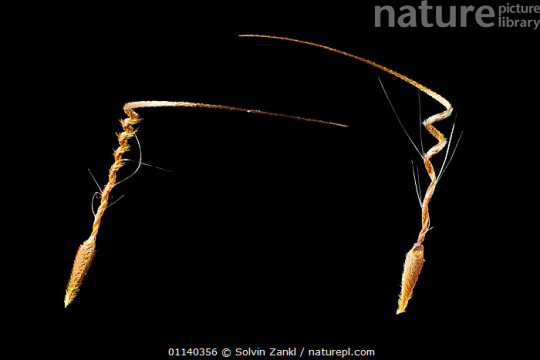
The second way I could see this happening is if they evolved true locomotion. True locomotion in bananas would take at least a few million years to evolve (probably more like tens of millions), and even then, movement would be incredibly slow. There exists a plant called the “walking palm” (socratea exorrhiza, pictured below) that’s capable of “walking” using its roots, but it can only travel about 20 meters per year in ideal conditions, and has the resources of the entire tree at its disposal, not just that of a single fruit.
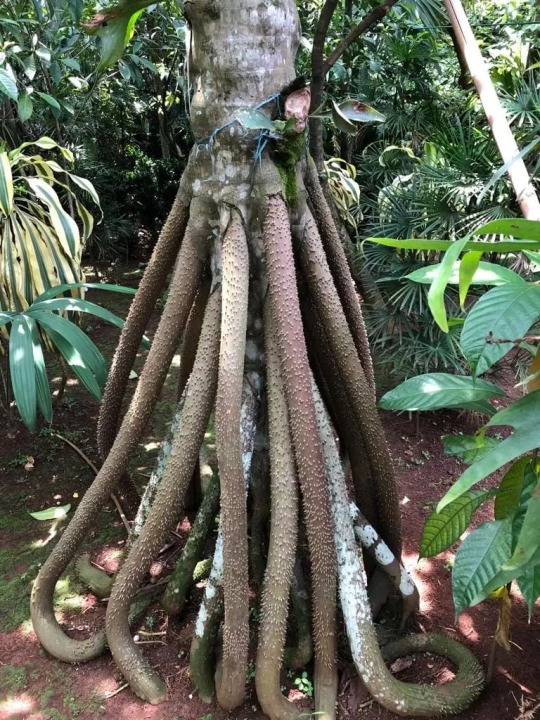
While this is the more likely explanation as to how #4 might happen, it’s not what the video depicts. The video clearly shows a banana dragging itself along like an inchworm, indicating motor cells such as those present in Dionaea Muscipula (venus flytrap, pictured below). Whenever this type of movement in plants occurs, it takes an extreme amount of energy and is generally rather inefficient and slow. In addition to this, the banana is moving its entire mass every time, so it’ll have to move much more slowly to compensate. This means that the banana would probably only be able to travel a few centimeters before decomposing beyond the point of functionality. After a few million more years it’s possible that bananas could evolve to travel as far as several meters after falling off the tree, but the further they go, the more fit each individual fruit needs to be, and the more energy and resources they need. Eventually, it’ll reach a point where the energy expenditure will outweigh the benefit and the fruits will stop evolving to travel any further, which I imagine would plateau somewhere in the 0.5 to 3 meter range. However, the fruits still require a significantly higher amount of energy at this point because they’ve evolved to move autonomously, so trees would likely evolve to produce fewer, but more developed fruits as a result. Overall this is the second most likely way bananas would evolve to move, but the video depicts a time lapse, not footage taken in real time.
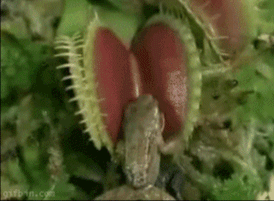
The next most likely option is #2, which is where things start to get much more interesting. At this point we are quickly beginning to leave the territory of the banana being a fruit and stepping closer towards the realm of the banana being its own independent organism. Whether the banana is still a single fruit from a larger tree depends on if the video is stabilized or not. First, let’s assume that the video has automatically stabilized the banana within the frame. This means that the banana is moving erratically and aimlessly, with the goal of simply moving as far from its origin as it can. The most simple form of this would be a ballistic dispersal method in which the banana grows curved and under tension, falling off the tree when ripe. Upon impact, the tension is released and banana extends, springing itself upward and outward with a single bounce. But this isn’t what the video shows either, it depicts clear and repeated movement, again suggesting the presence of motor cells much like those likely found in banana #4. In this case it probably evolved in roughly the same way as banana #4, but works less effectively due to having a less stable method of traveling.
But what if the video ISN’T stabilized, and the banana’s staying upright all on its own? In the video, the banana isn’t just moving along a single plane with one set of motor cells like the Venus flytrap. It’s full on galloping. This requires multiple groups of motor cells working together in a coordinated effort. This banana has real-time sensory input to orient and stabilize itself. This means that the banana has evolved some sort of internal gyroscope, much like our inner ear that helps it determine what up and down is, and more importantly, angular rotation. While plants have been observed reacting to and even predicting stimuli in ways that still baffle scientists to this day, this is far more complex than any plant every discovered throughout human history. Everything here points to something more, perhaps rudimentary intelligence, dare I even say sentience.
This begs the question: is it even a plant anymore? At this stage it’s evolved sensory organs and can move independently. But why? Organisms don’t evolve the ability to move without reason. This could mean one of three things. First, it could have evolved the ability to run as a means of spreading its seeds further. But this can’t be the answer. Moving more slowly would be way more efficient for a banana in terms of energy expenditure, and spreading seeds the old fashioned way is still perfectly viable, so it wouldn’t have evolved that way due to lack of necessity. This brings us to the first legitimate possibility: the banana is prey. If the banana were prey, then the ability to gallop most likely evolved as a means of escaping predators and to avoid being eaten. This is further evidence that the banana has evolved beyond being a humble plant as this goes completely against the purpose of fruits, which evolved to be eaten on purpose. Now, the banana’s goal isn’t to be eaten so that its seeds may be deposited elsewhere, its primary objective is to survive. At this point it’s relatively safe to assume that the banana no longer comes from a tree, and now reproduces through fragmentation, or perhaps even live birth. Its lack of leaves suggest that it’s evolved beyond being an autotroph and relying on photosynthesis. But if it no longer gets nutrients from a tree, how does it subsist? It must be getting its energy from somewhere. The most likely answer to this is that banana is a herbivore, and gets its energy from plant matter, which contains a lot of the same nutrients that the banana recently used to get by growing on a tree. Overall, this is the third most likely way the banana would evolve locomotion.
But what if it isn’t an herbivore? This brings us to the other possibility: the banana is a predator. The banana that concerns me the most is banana #3. While all the other bananas have undergone major changes to their morphology, banana #3 appears to be identical to any regular banana, yet it still moves. The only way that such movement could be possible is if the banana had some sort of internal mechanism that moves its center of mass around rather quickly within its outer shell, which also requires an internal gyroscope for balance. I know what you’re thinking; “but this is an incredibly complex mechanism, wouldn’t it be easier to evolve one of the other ways?” To which the answer is yes, it would. But this raises another question with an even more alarming answer: why didn’t it? The answer lies in the banana’s identical appearance to that of a typical Cavendish. Clearly, looking like an ordinary banana is central to its survival strategy. At this point, it’s evolved well past the point of being a fruit and has become the first of an entirely new kingdom of sentient creatures descended from plants.
According to my estimates from the video, banana #3 is only able to move at a pace of around a tenth of a meter per second, maybe a quarter or half of a meter at the most. This means that it probably didn’t evolve the ability to move as a means of running from predators. Based on the physics in the video, my best guess as to how the banana moves is through the use of mostly hollow internal chambers with a central mass (probably a calcified seed) suspended by tendons that can move in any direction, accelerating the banana in that direction. Here I’ve collaborated with the massively talented @pholidia to bring my ideas to light.

Picture it. You’re a lone banana farmer in South America. You’re out harvesting your crops when you see a single banana on the ground. It looks a little weird and bruised, but still totally edible. “No good in letting perfectly good produce go to waste” you think to yourself as you pick up the banana. You go to peel it when suddenly, you feel a sharp shooting pain through your hand. You drop the banana, then fall to your knees. You look around for the wasp or whatever it was that stung you, but you can’t find anything. You collapse in a heap on the ground, unable to control your body. It’s at this point you notice the banana start to move. “Are… are those teeth?” you think to yourself. At this point the venom has taken full effect. You are alone and completely paralyzed, unable to do anything besides observe the banana as it starts moving towards you. Sharp teeth and beady black eyes are fully visible now. It ambles towards you clumsily, moving almost as if it were being controlled by invisible strings like a marionette. It reaches you and starts to chew. It is at this moment that you discover, much to your horror, that the venom is merely a paralytic, and not an anesthetic. Helpless to the venom, you can do nothing but watch as your blood slowly drains out onto the ground as the creature consumes you. Slowly, your vision begins to fade to black. You pass out, either from the pain or the blood loss, you’re not really too sure. You take one last look at the creature, then you’re gone forever.
#biology#evolutionary biology#evolution#bananas#plants#darwin#science#botany#banana#r/196#196#r/196archive#/r/196#rule#meme#memes#shitpost#shitposting#autism#stem#cool#funny#plant#cooking#trees#fruit#unreality#joke#funny shit#funny post
209 notes
·
View notes
Text
Clocks
Antique, tree-like with bug bitten leaves
Rewinding, resetting, dialing
Making the world circadian again
Spinning and spinning until I can’t remember what your face looks like anymore
Erodium cicutarium
- S10LU 10/12/23


#Dorian.Distortion#my writing#poetry#writing#poem#new poets society#poems and poetry#spilled writing#spilled poetry#spilled ink#words#twc writing#2023#October#shitty poetry#monochrome#gray#aesthetic#gloomy#religious imagery#vintage#Victorian#southern gothic#Midwest#midwest gothic#rural america
8 notes
·
View notes
Text
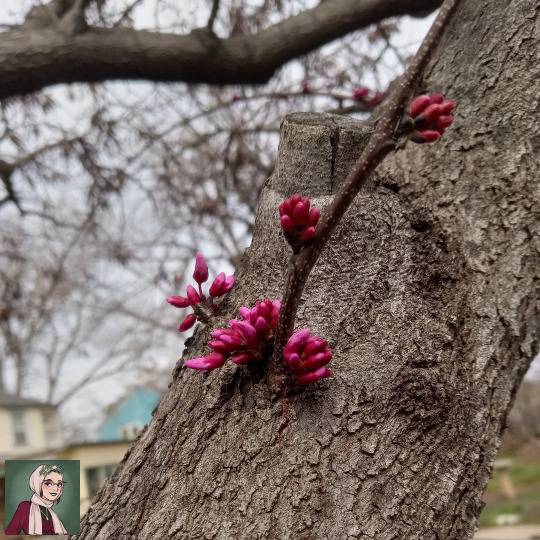



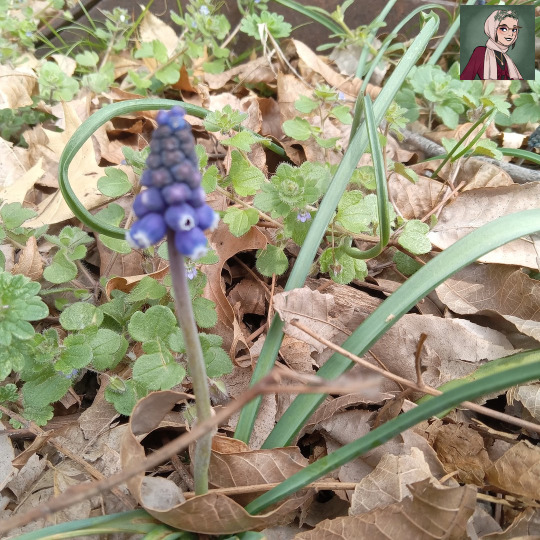


Instagram Repost: March 25, 2023
The garden's going a bit bonkers now that Spring's actually sprung properly. And so when I've had the energy and ability to do so, I've been doing my traditional Walkabouts to see what's out. Round two's what's popping up around the yard so far 🌿
Eastern Redbud Tree (Cercis Canadensis cv Unknown)- native, AND edible!
Henbit (Lamium Amplexicaule)- an edible!
Winter Speedwell (Veronica Persica)- most Speedwell species (Veronica spp.) are edible, too!
Shephard's Purse (Capsella Bursa-Pastoris)- another edible!
Grape Hyacinth (Muscari Armeniacum)- an escaped garden plant that has now taken over; in some areas it's considered an Invasive, while in others it's Naturalized. Also edible, surprisingly, and are NOT related to true Hyacinths!
Dandelion (Taraxacum spp. Unknown)- another edible, but practically everyone knows that. Even more interesting: Did you know there's over 40 species of Dandelions, not including created garden cultivars?
Storksbill / Cranesbill (Erodium Cicutarium)- you guessed it: Also edible!
I absolutely hate my new phone because it seems like it can never get a good photo of anything. The quality's always atrocious, no matter how much I fiddle with the settings- and Macro does nothing to help in the slightest (thanks Samsung, I guess).
Anyways: Please remember that just because something IS edible, it doesn't mean you don't need to research before eating it; both wild and urban foraging requires absolute unquestionable certainty that what you're harvesting has been properly identified with 100% accuracy.
If you're ever in doubt, it's always best to leave it out! Or, in the words of the absolutely wonderful human being that is Alexis Nikole (otherwise known as @blackforager on most social media sites) "Happy snacking, DON'T DIE!"
#Instagram Reposts#2023#Great Plains Foraging#Food Catalogue & Preservation#Verderer#Personal#Domestic Witch#Domestic Witchcraft#Green Witch#Green Witchcraft#Cottage Witch#Cottage Witchcraft#Oklahoma#Casual Reminder That Oklahoma Is NOT A Midwestern OR Southwestern State#Prairie Magic & Medicine
2 notes
·
View notes
Text

Redstem stork's-bill (erodium cicutarium).
3 notes
·
View notes
Text
It’s a grey and dreary day here, so have some bright flowers to make up for it:

Common Toadflax (Linaria Vulgaris)
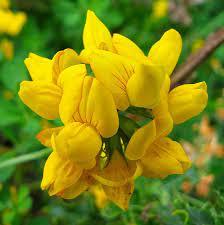
Common Bird's-Foot-Trefoil (Lotus corniculatus)

Yellow Potentilla (Potentilla fruticosa Goldfinger)
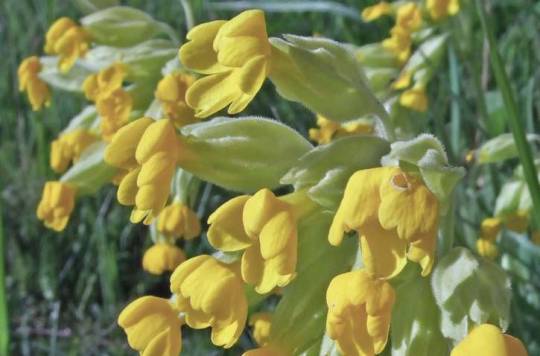
Cowslip (Primula veris)
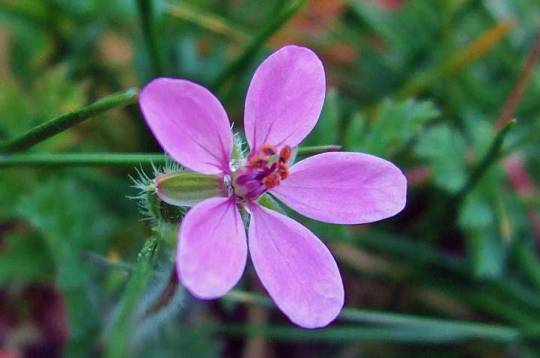
Common storksbill (Erodium cicutarium)
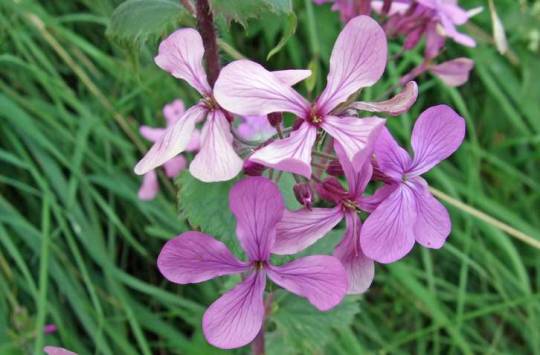
Dames rocket (Hesperis matronalis)
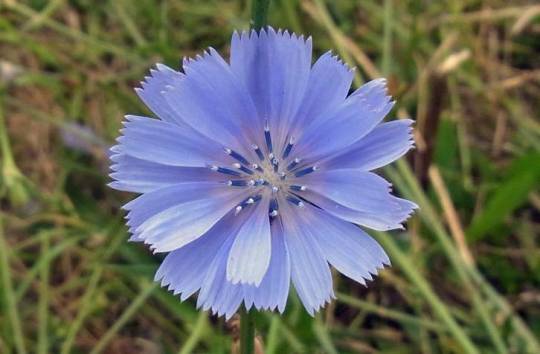
Chicory (Cichorium intybus)
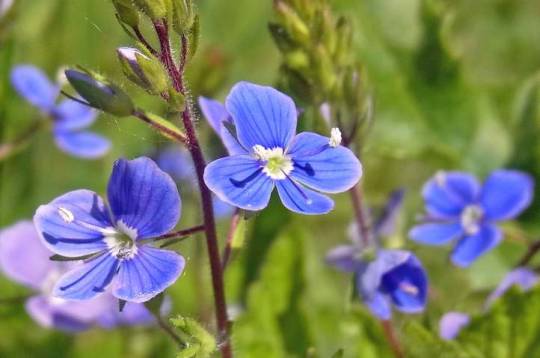
Germander Speedwell (Veronica chamaedrys)
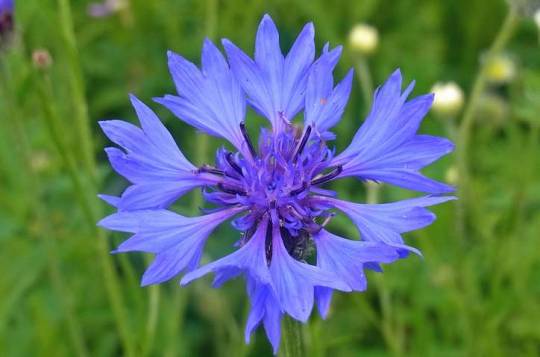
Cornflower (Centaurea cyanus)
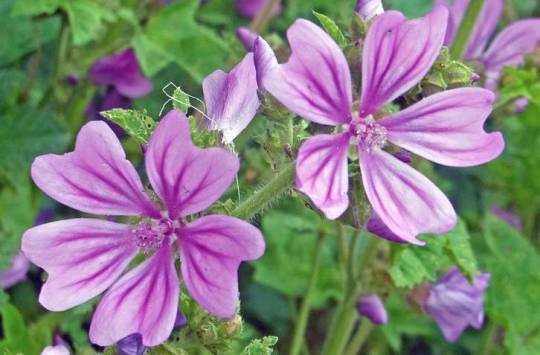
Common mallow (Malva sylvestris)
2 notes
·
View notes
Text
April 8, Day 98/99
Day 98 2015

It was a rainy cloudy, warm kinda spring day.
#rainy #cloudy #warm #spring #nature #garden #outdoors #wet #water #trees #grass #afternoon #beautiful #grayskies #clouds #country #missouri #love #mothernature #plants #vivid #rain #rainstorm #picoftheday #project365 #day98
My Grandparent's garden was such a beautiful place! Even in the rain!
Day 99 2016

The curtain calls
#curtains #white #colors #shadesofspring #pastels #april #picoftheday #project365 #day99
This had to have been another day of grasping! haha
Day 98 2017

Bruce is a party animal!
#birthdayparty #party #partyanimal #birthdaycake #cake #happybirthday #bruce #shark #gooddaybruce #findingnemo #april #picoftheday #project365 #day98
Day 98 2018
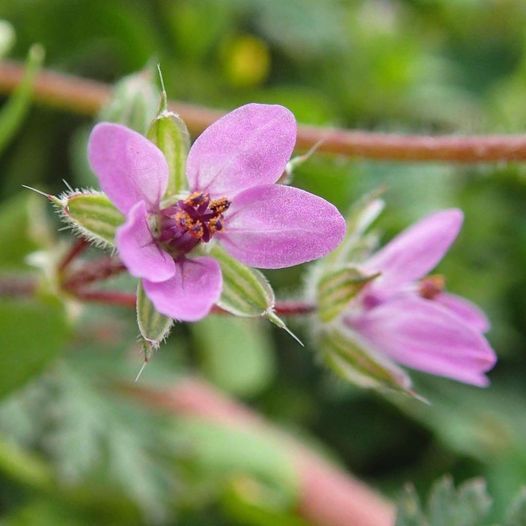
Cranesbill (Erodium cicutarium)
#cranesbill #purpleflower #weedsareflowerstoo #wildflowers #flowers #texas #spring #nature #outdoors #april #bouquet #picoftheday #project365 #day98
Day 98 2019
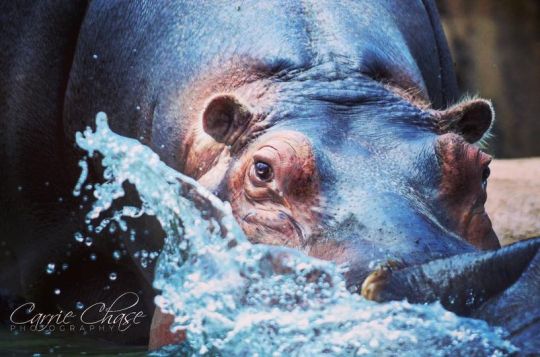
I love zoos of all kinds but especially my zoo, Ft Worth!
#educational #conservation #animals #learn #hippo #zoo #fortworthzoo #splash #play #nationalzooloversday #april #april8 #2019 #nationalday #nationaldaycalendar #picoftheday #project365 #day98
Day 99 2020

I need a creativity break I’m so mentally exhausted so I’m going to let niece do all the work (though she did let me add a filter) 😉 “This cat is sad bc it is locked out in the rain and the owners are at the movies!”
#drawing #art #create #niece #cat #sadcat #rain #wetcat #drawingsbyniece #april #april8 #2020 #picoftheday #project365 #day99
Day 98 2021
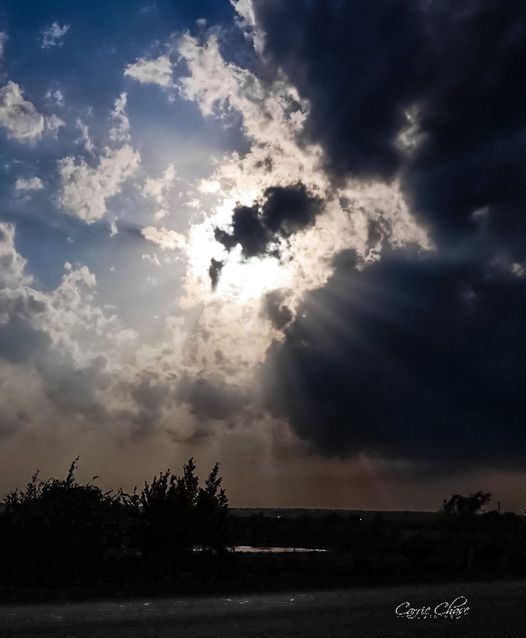
Yin and yang
#nature #outdoors #sun #sunrays #clouds #light #dark #texas #spring #april #april8 #2021 #picoftheday #project365 #day98
Day 98 2022

I never thought I’d see one myself! A white-lined sphinx (Hyles lineata) drinking from common henbit (Lamium amplexicaule). 😍
#texas #spring #nature #lifemoth #whitelinedsphinxmoth #hyleslineata #commonhenbit #lamiumamplexicaule #april #april8 #2022 #picoftheday #project365 #day98
I just found out that Grandpa, who was visiting at the time, still thinks we all saw a hummingbird instead of a moth! haha
Day 98 2023

💙
#beach #sand #water #sunnyafternoon #clouds #turtle #magnus #magnifynature #nature #april #april8 #2023 #picoftheday #project365 #day98
One of my favorites of Magnus!
Day 99 2024

Pretty cloudy here at the beach today and I had issues with my camera. If you know me you’ve heard me talk about being cursed when it comes to astrological events…today was no different 🤣 The orange sides is from a pic I got of the sun through my glasses. On the bright side I shared my glasses with a man and he was very excited to have gotten to see it for the few seconds that he did.
#eclipse #dailytheme #cloudytheme #beach #solareclipse2024 #cursed #april #april8 #2024 #picoftheday #project365 #day99
I honestly don't plan out to photograph these sorts of events because it really never has worked out so even though it landed on a day off I stayed home. I am now dealing with intense jealous feelings from my friend's and family's posts back home. But it's fine because I found a mushroom growing out of a palm tree...
0 notes
Text



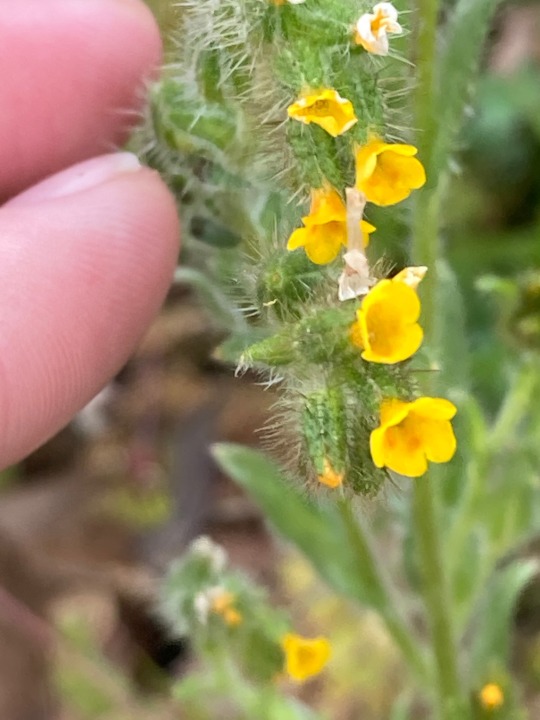
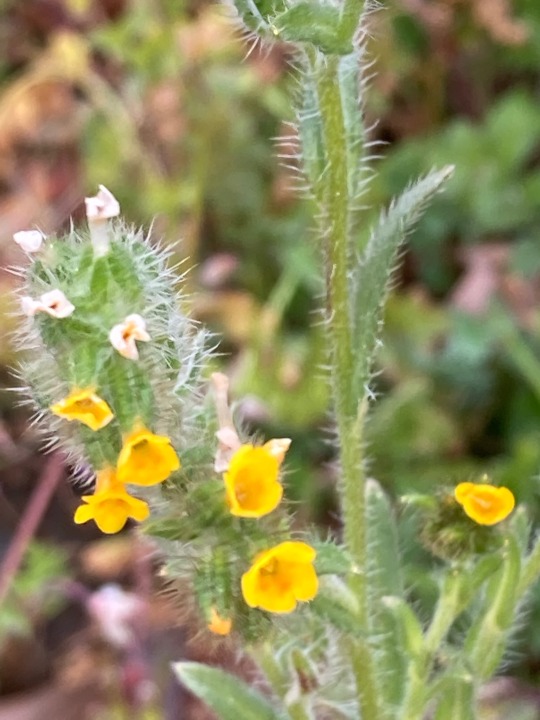
#fiddleneck#amsinckia#redstem stork's bill#erodium cicutarium#microflora#wildflowers#california native plants#encino
2 notes
·
View notes
Text

my favorite flower redstem filaree (Erodium cicutarium) is budding despite the cold and im just beaming about it.
even though there is snow and mud and slush, the tiny wildflower, the one overlooked, the one rooted out as a weed only grown in sidewalk cracks, this flower grows. it buds and blooms in early march when it is wet and miserable.
it shall remain blooming, flowering, persisting, until frost turns it dormant once more. Yet it returns every year. the same places, same plants, reawakened.
#eternal goblin chatter in my brain#hopepunk#remember this#i wanna memorialize that i actually felt happy today#not just content. happy
4 notes
·
View notes
Text
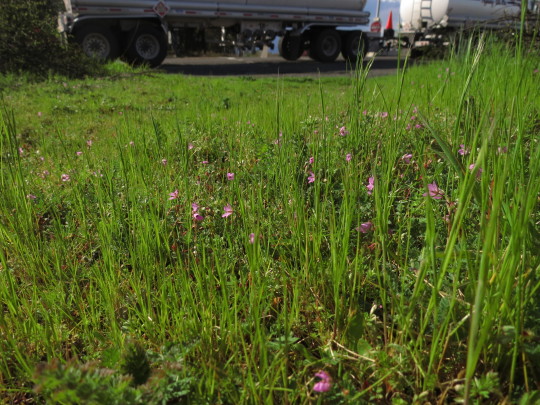
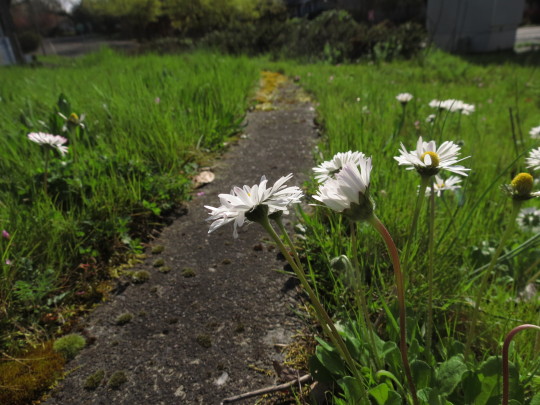





Vacant lots #1: NE Cesar E. Chavez Boulevard and Senate Street, Portland, Oregon. March 2024.
I'm pretty bad at identifying grasses, but some of the other species in the field were: redstem stork's bill (Erodium cicutarium), dovesfoot geranium (Geranium molle), hairy cat's ear (Hypochaeris radicata), narrowleaf plantain (Plantago lanceolata), common chickweed (Stellaria media), common dandelion (Taraxacum officinale), and slender speedwell (Veronica filiformis)

0 notes
Text
Some recent observations! Names in order of photos.





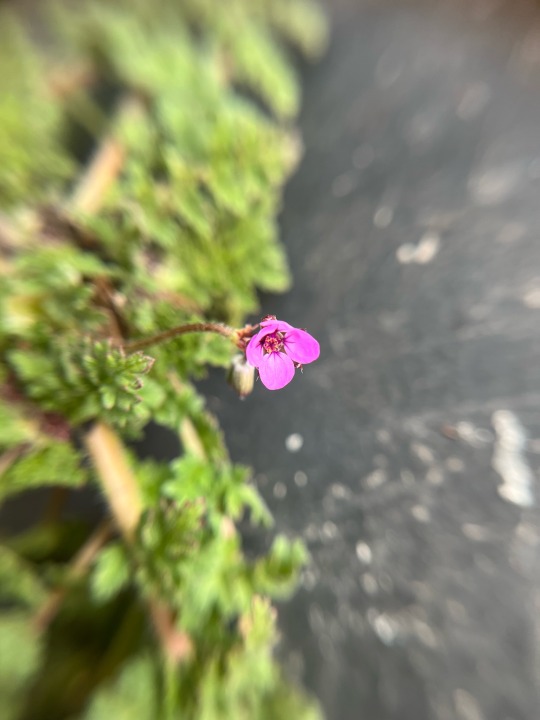
1. Pasqueflower (Pusatilla vulgaris)
2. Flixweed (Descurainia sophia)
3. Crossflower (Chorispora tenella)
4. Snake’s-head fritillary (Fritillaria meleagris)
5. Grey Field-speedwell (Veronica polita)
6. Common stork’s-bill [maybe another species tho] (Erodium cicutarium)
#my observations#plants#amongthebugs#common names#scientific names#binomial nomanclature#seek#inaturalist#plant id
1 note
·
View note
Text

20230609 Green River Campground
REDSTEM STORK'S-BILL or REDSTEM FILAREE or PINWEED Erodium cicutarium
0 notes
Text



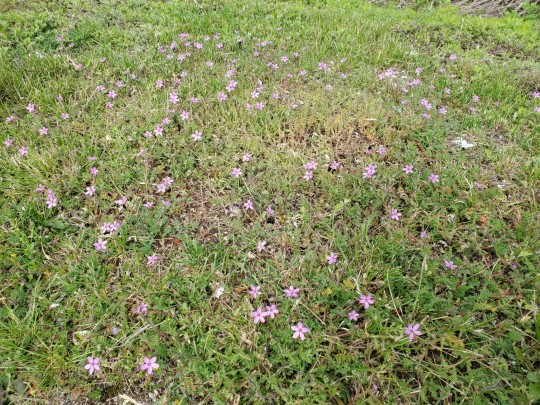
Redstem Stork's bill (flowering & fruiting), Erodium cicutarium
1 note
·
View note
